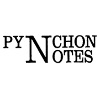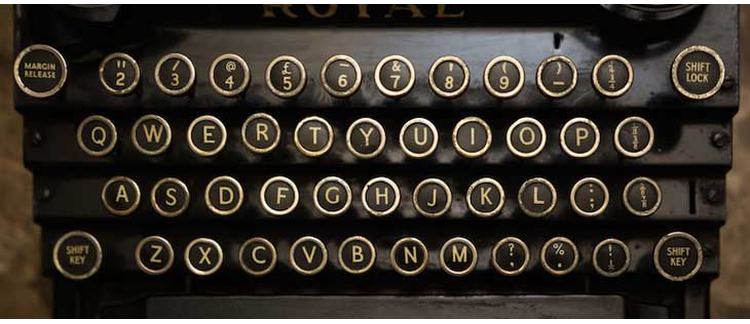Abstract
Near the end of the séance held at Peter Sachsa's, in Part 1 of Gravity's Rainbow, the voice of Walter Rathenau poses a set of problems to his listeners: "'You must ask two questions. First, what is the real nature of synthesis? And then: what is the real nature of control?'" (167). This is, of course, one of those typical Pynchon passages that invite members of the critical cartel, the Pyndustry, to seize on them as keystones for critical reading. Paradoxically, this one is also particularly good for exploring a narrative effect I have called the reader trap. Reader traps are stylistic and thematic techniques that unsettle the readerly desire to construct an ordered cosmos within the fictional space of the text. Specifically, a reader trap is narrative information that either produces a moment of interpretive doubt for which there is no certain solution, or produces a false sense of certainty about events in the narrative universe. I have written elsewhere about how reader traps function in our reading of Tyrone Slothrop's map and of Bianca's characterization and textual disappearance. In these earlier cases, I was drawn to the problem of the reader trap by a sense that readers had often been too hasty in assigning definitive meanings to Slothrop's map and to Bianca. My focus in this essay is Walter Rathenau, the putative father of the cartel, the "They-system" that is clearly among the villains of the text; but in that role Rathenau also signifies a reader trap.
How to Cite:
Duyfhuizen, B., (1994) “Critiquing the Cartel: Anti-Capitalism, Walter Rathenau and Gravity's Rainbow”, Pynchon Notes , 88-106. doi: https://doi.org/10.16995/pn.200
Downloads:
Download PDF

